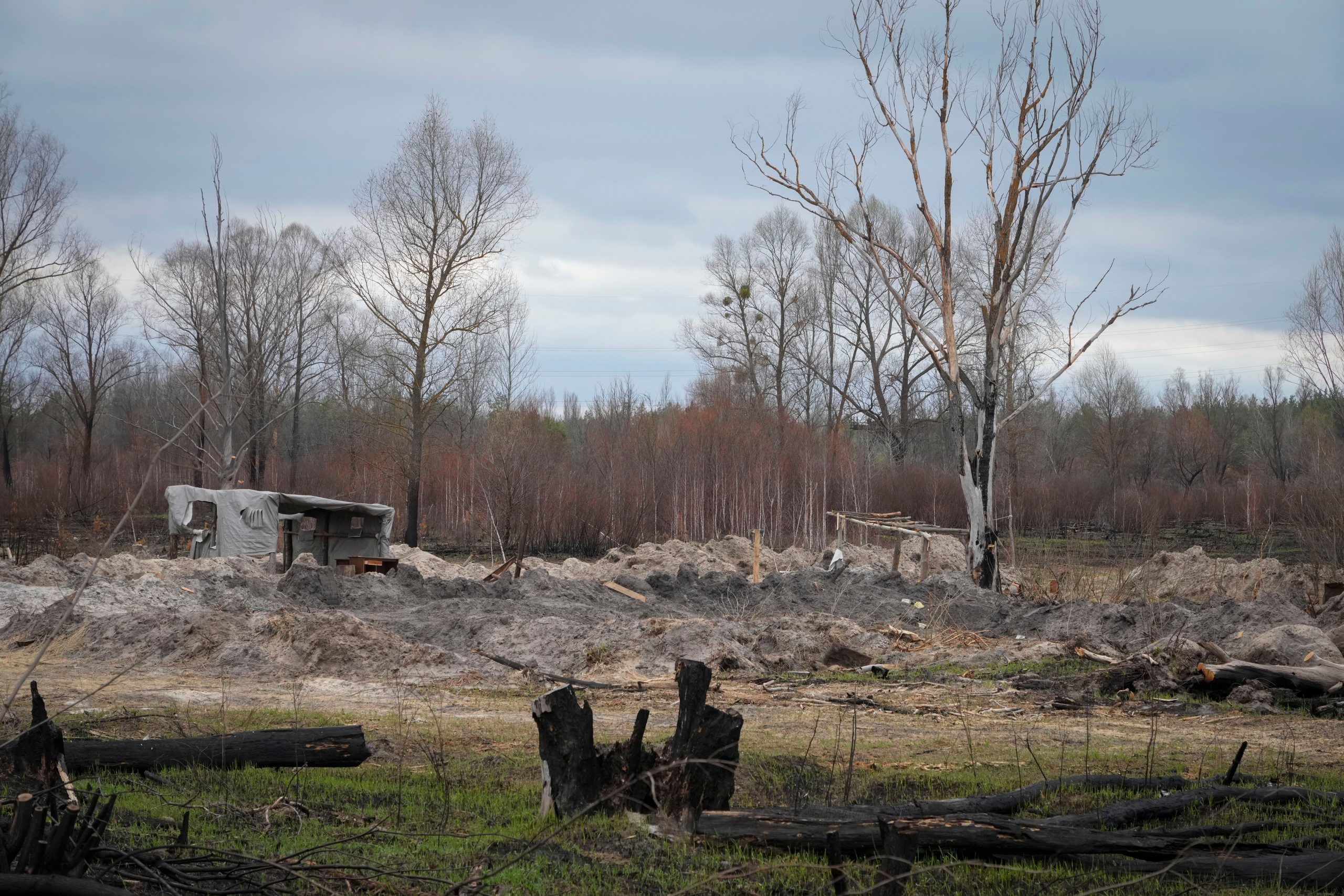Here in the dirt of one of the world’s most radioactive places, Russian soldiers dug trenches. Ukrainian officials worry they were, in effect, digging their own graves.
Thousands of tanks and troops rumbled into the forested Chernobyl exclusion zone in the earliest hours of Russia’s invasion of Ukraine in February, churning up highly contaminated soil from the site of the 1986 accident that was the world’s worst nuclear disaster.
Also read: Russia hits Ukrainian cities, pours more troops into war
For more than a month, some Russian soldiers bunked in the earth within sight of the massive structure built to contain radiation from the damaged Chernobyl nuclear reactor. A close inspection of their trenches was impossible because even walking on the dirt is discouraged.
As the 36th anniversary of the April 26, 1986 disaster approaches and Russia’s invasion continues, it’s clear that Chernobyl — a relic of the Cold War — was never prepared for this.
Also read: Joe Biden ‘not in mood’ to remove Iran’s revolutionary guards from terror list
With scientists and others watching in disbelief from afar, Russian forces flew over the long-closed plant, ignoring the restricted airspace around it. They held personnel still working at the plant at gunpoint during a marathon shift of more than a month, with employees sleeping on tabletops and eating just twice a day.
Also read: Russia sets new deadline for Ukraine Army to surrender in Mariupol: Report
Even now, weeks after the Russians left, “I need to calm down,” the plant’s main security engineer, Valerii Semenov, told The Associated Press. He worked 35 days straight, sleeping only three hours a night, rationing cigarettes and staying on even after the Russians allowed a shift change.
“I was afraid they would install something and damage the system,” he said in an interview.
Also read: Ukraine’s airforce replenished by mystery sender to fend off Russia
Workers kept the Russians from the most dangerous areas, but in what Semenov called the worst situation he had seen in his 30 years at Chernobyl, the plant was without electricity, relying on diesel generators to support the critical work of circulating water for cooling the spent fuel rods.







